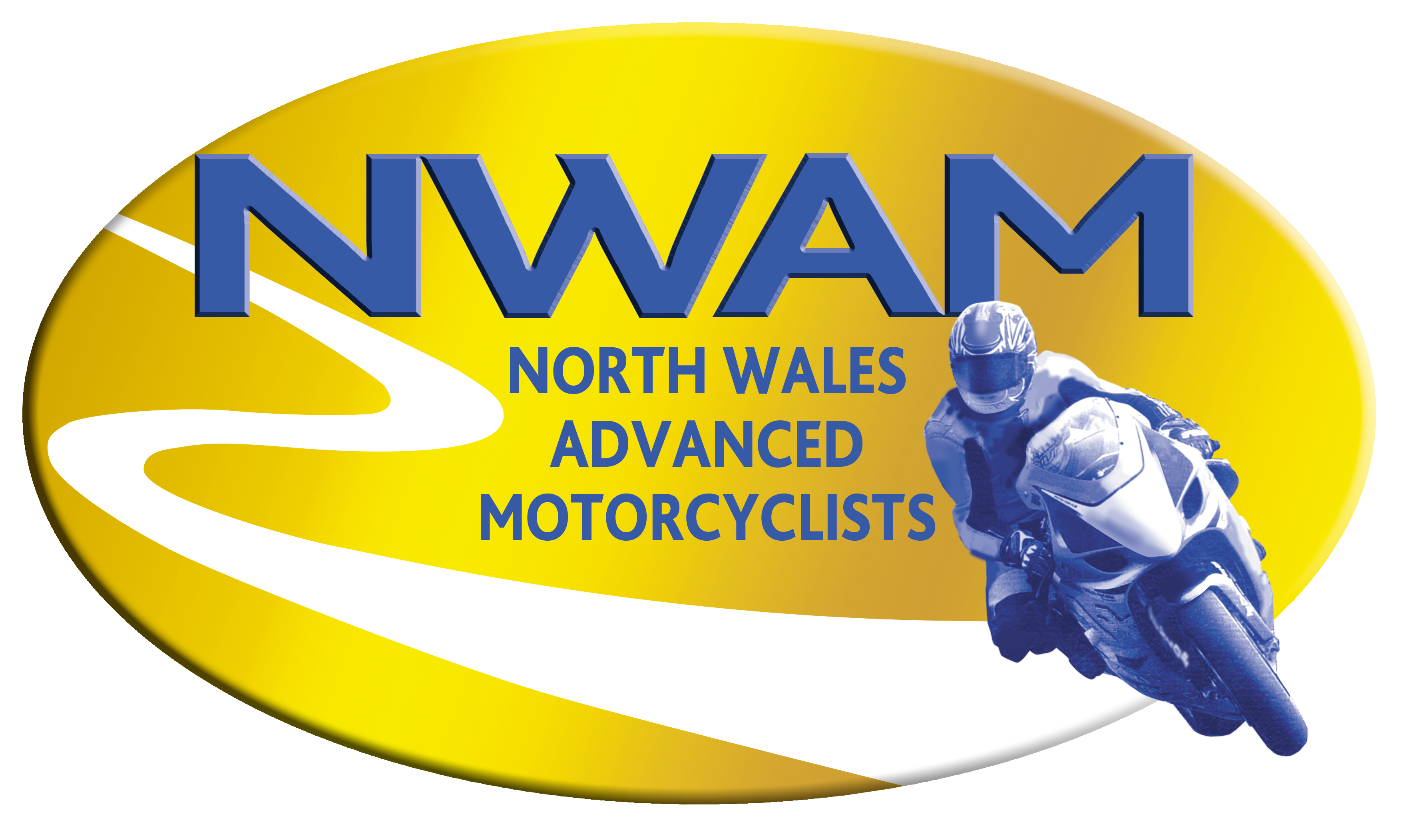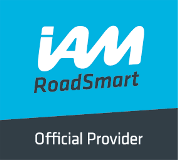Our Advanced Rider course will help make you a safer rider and could save you money.
Up and coming...
The Group are always looking for volunteer members to lead rides. Help to those who have never led rides will be given.
Contact:
rideouts.nwam@nwam.org.uk
Take an advanced ridingcourse
Don’t let the sun set on your driving enjoyment
This week’s tips from the IAM’s head of driving standards Peter Rodger are looking at how drivers can better cope with low sun and the effect of dazzle. Read our latest tips to help you through your journey.
- You will often see dirt and grime highlighted on your windscreen in low sun, so it’s important that you clean your windows. Use a microfibre cloth to wipe down the inside and make sure your washer bottle is filled with a good quality screen washer liquid.
- A sun visor will not necessarily stop low sun from beaming into your windscreen. Keep a pair of sunglasses in your glove box so you can get to them easily.
- With the night’s drawing in, ensure you switch on your headlights before sunset and keep them on for an hour after sunrise so there is no possibility of other road users not seeing you.
- Always drive at a steady speed, and if low sun is obstructing what you see ahead slow down – this is particularly important at sharp bends where it’s particularly important to have a clear view of the approaching hazard.
- When road surfaces are wet, the dazzle from the sun is increased by the reflection of the sun. Take care when driving on wet road surfaces and ease off the accelerator if necessary.
- Look out for vulnerable road users including pedestrians, cyclists, motorcyclists, mobility scooter and electric wheelchair users – they are all difficult to spot in low sun conditions. Always take extra precautions at known hazard spots like schools, junctions and crossings.
- If you’re affected by low sun, the chances are other drivers are too. Pay attention to vehicles around you and anticipate any sudden manoeuvres. As a rule of thumb you should increase the stopping distance between you and the vehicle ahead of you.
- Looking directly at low and sharp rays can affect your vision. If this happens to you, take a break from driving by stopping safely and legally.
The key aspect of driving in low sunlight is how it reduces your vision. If you cannot see, you cannot drive the same way. Don’t continue at the same speed if you cannot see where you are going. It might sound obvious, but many drivers will battle on in near zero visibility despite being blinded by the sun. Trust your instincts – slow down and prepare to stop if this happens to you.
Notes to editors:
- Peter Rodger is the IAM’s chief examiner.
- The IAM is the UK’s largest independent road safety charity, dedicated to improving standards and safety in driving and motorcycling. The commercial division of the IAM operates through its occupational driver training company IAM Drive & Survive. The IAM has more than 200 local volunteer groups and over 90,000 members in the UK and Ireland. It is best known for the advanced driving test and the advanced driving and motorcycling courses. Its policy and research division offers advice and expertise on road safety.
Media contacts:
IAM Press Office – 020 8996 9777press.office@iam.org.uk

